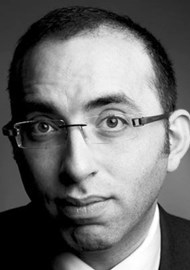This interesting study had three end-points. The accuracy of operative and radiological findings on explantation of PIP implants following the PIP scandal. The volume between intact and ruptured implants, with the hypothesis larger implants were more likely to rupture, and the length of time from implantation to rupture was also examined. The majority of patients had preoperative ultrasonagraphy (USS) and few had magnetic resonance imaging (MRI). Nearly half of the implants deemed to be ruptured on USS were intact on explantation. Reporting bias is acknowledged here given the grade and expertise of radiologist varied. However, USS was more reliable than clinical examination alone. There was no statistical significance suggesting a larger implant was more susceptible to rupture. However, overall length of implantation correlated significantly with rupture with a rupture rate of 25% at >15 years. The authors highlight these findings do not differ significantly from those published for other implant manufacturers over similar time courses. However, the safety of the silicone used in PIP implants was the key to the need for offering explanation to this cohort of patients. Of particular importance the authors stress the need for expert counselling based on clinical findings and symptoms and whilst radiology may help, expert interpretation is ideal.




